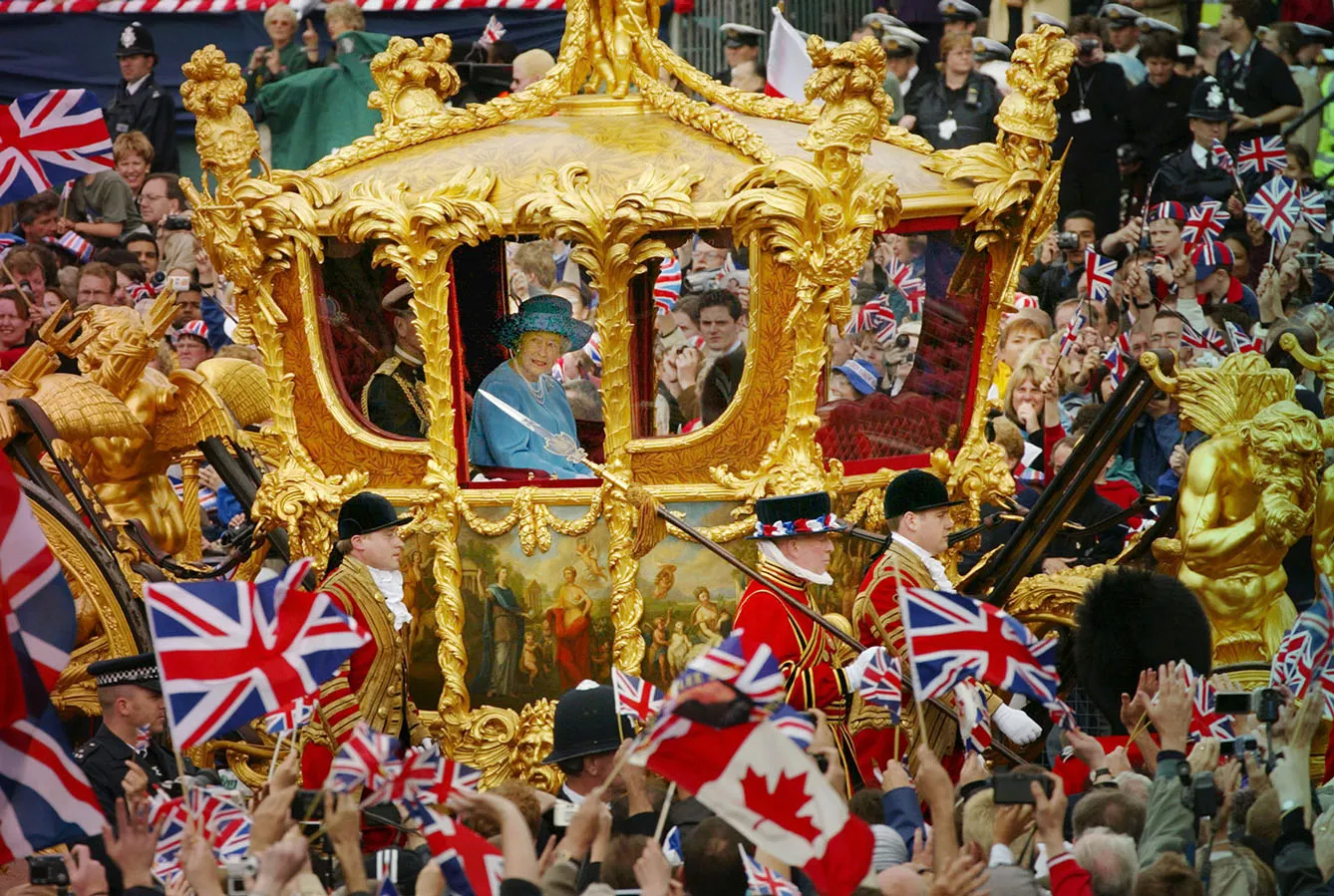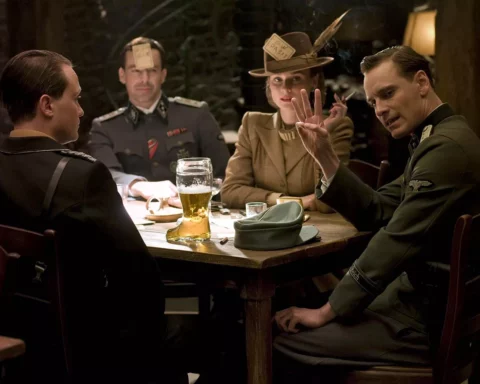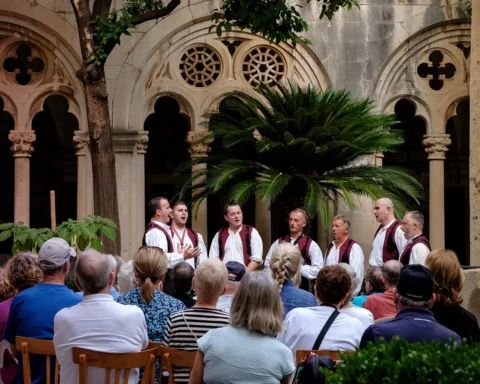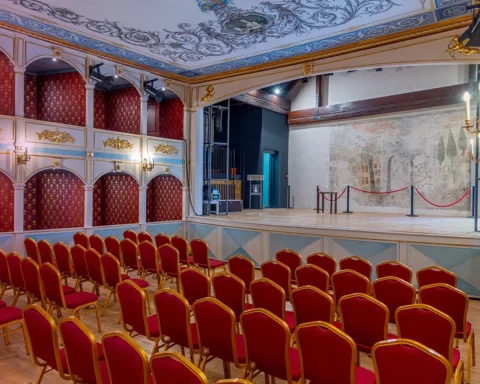Wikipedia’s clarification page lists numerous meanings of the word coach: a director of athletic training, a process guide (as in life, money, acting, or business coaches), multiple transport companies, funeral cars, buses, horse-drawn vehicles, and a railroad car. Strange, isn’t it?
The etymology coach
Well, not at all if you follow one association, and this one leads you directly to medieval Hungary, to the (sadly, unlisted) town of Kocs, north to the Eastern edge of Balaton Lake. This small village, which currently has a population of 2,500 people, is where coaches – horse-drawn vehicles – have their roots.
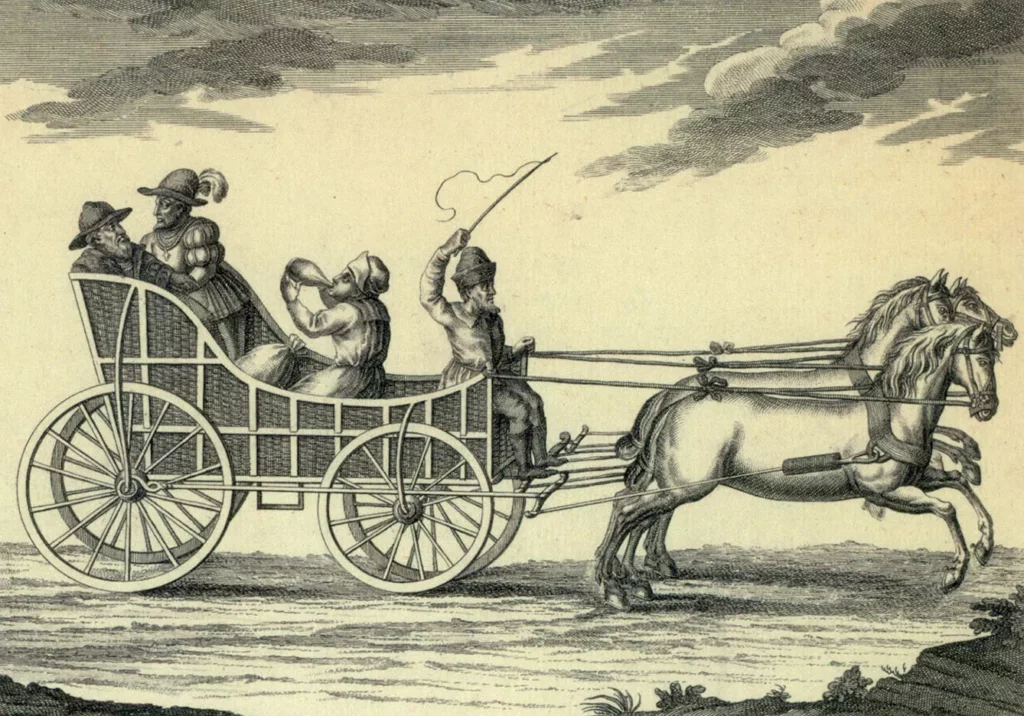
It was back in the 15th century when wheelwrights from Kocs began building coaches with a unique feature – steel-spring suspensions. When this happened, simple old-fashioned constructions without any suspension had to give way to this innovation. It came to be known as the Hungarian “cart of Kocs” (kocsi szekér), and under such “branding,” it gained popularity. Variants of the village’s name are now used for ‘coaches’ in Czech (kočár), Slovak (koč), German (Kutsche), Dutch (koets), Catalan (cotxe), Italian (cocchio), Spanish (coche), Portuguese (coche), French (coche), Serbian (кочија (kočija)), and Polish (kocz).
Kocs and beyond
According to one theory, the gateway to Western Europe was open thanks to personal connection, as it happens in business. And this one was on the royal level: the king of Hungary, Ferdinand I, had a younger brother Charles, who became the king of Spain, as well as the German Roman Emperor and lord over the Netherlands. With his commission came genuine widespread of Kocs coaches.
Regarding its relative popularity (compared to the size of the village), Kocs remains famous to this day. It has a cart in its coat of arms, and ‘kocsi’ is a colloquial Hungarian word for a contemporary car. It was soon extended to the bus, as the first medium-distance travels were made by larger carts of this kind.
And, improbable as it seems, this metaphor of something literally carrying you through space is how the word also came to describe a tutor or trainer as early as the 18th century. Students, eager for slang terms, would call their teachers pulling carts. As this tutorial form of coaching is far more widespread than its original transportation form, let’s think for a while about the skill of small-village medieval craftsmen, who sealed their place in history with a simple steel spring.


